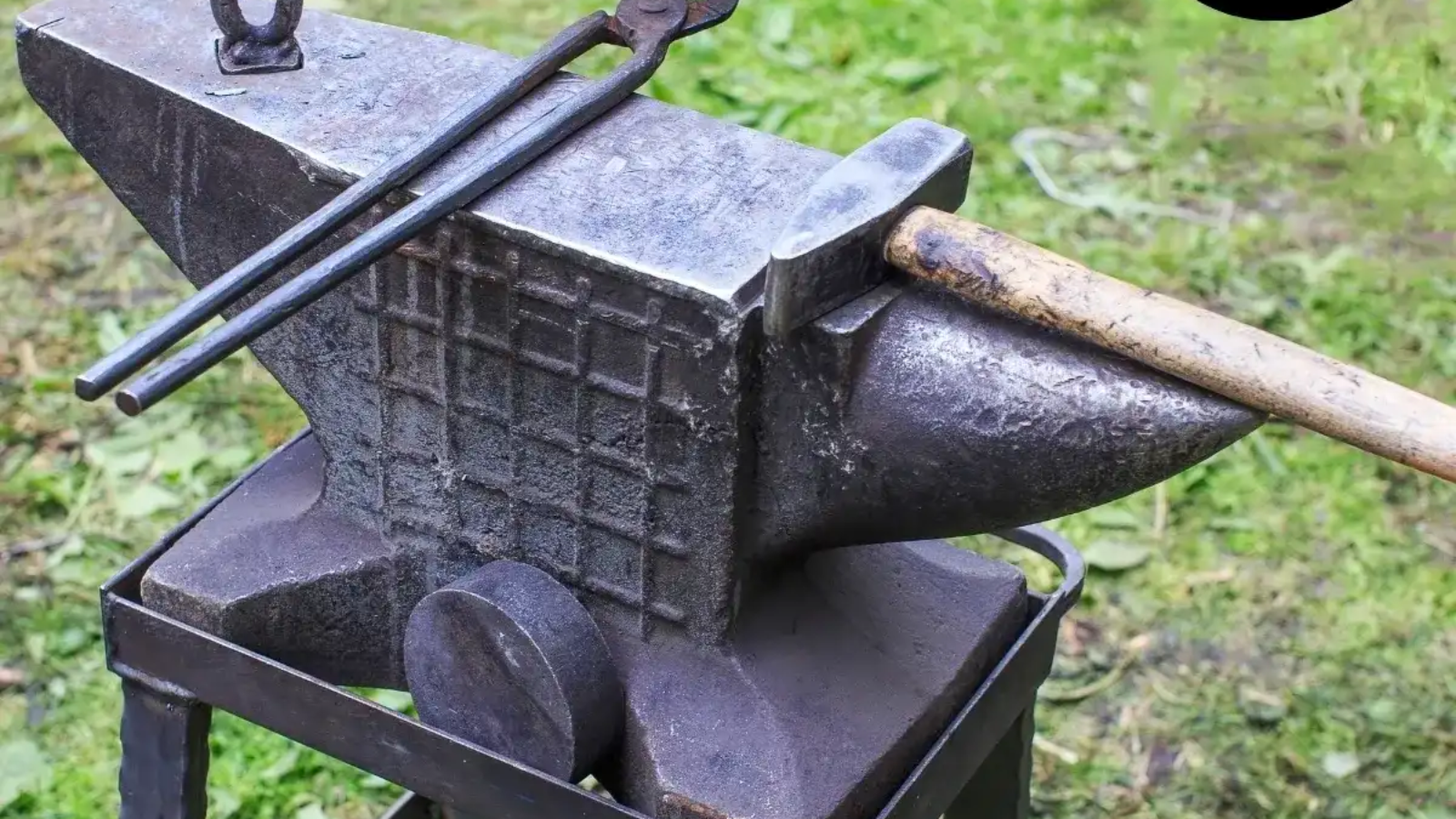Venturing into the Blacksmith’s World: How Traditional Skills are Making a Comeback
When you think of blacksmiths, you might imagine a quiet village in the past with smoke coming out of an old forge and lots of heavy tools lying around on tables and shelves. While this image describes a traditional blacksmith’s workshop, this profession is making a comeback in today’s society thanks to the need to build simple machines and tools that are both affordable and environmentally friendly. If you’re wondering what it takes to become a modern-day blacksmith, keep reading to learn more about the skills involved and how the market looks right now!
The demand for traditional skills is growing
The rapid emergence of new products and technologies has created a demand for blacksmiths as entrepreneurs increasingly need traditional skills to develop innovative products. According to survey data, 40% of today’s leading entrepreneurs stated that traditional skills, such as blacksmithing, have been important to their companies’ success. In fact, one in ten startups directly attribute their success to using traditional skills and knowledge.
Why you should give it a try
If you’re not sure about venturing into blacksmithing yourself, there are plenty of unique and innovative products created by blacksmiths that can add some handmade charm to your everyday life. These include steam irons and pot racks for kitchens, decorative swords for homes, or wagon wheel stools for parties. The fact is that many emerging or innovative products have incorporated traditional skills from centuries ago, thus showing us how these skills will always be relevant in today’s society.
Where can you find classes?
It is never too late to start honing your blacksmithing skills. If you live in an urban area, check for classes offered by community colleges and local arts centers. Otherwise, head online to find forums and communities where people trade tips on tools and techniques. Blacksmithing is one of those rare crafts that has become relevant again as emerging technologies have led to an upsurge in demand for tools that leverage its founder’s hand-forging methods.
What does it take to become proficient?
Becoming proficient in blacksmithing takes dedication and training. It is not just about learning how to wield a hammer and anvil, but also understanding steel properties, heat treatment and other aspects of metalworking. As with many emerging products, like 3D printing or coffee roasting machines, most of what it takes to become proficient has more to do with mastering traditional skills than it does with emerging technology. Learning new blacksmithing techniques will help budding artisans enter new markets as prices on conventional ironwork continue to rise.
What do people think about traditional skills?
What do you think about traditional skills? Have you ever tried your hand at blacksmithing, weaving, or woodworking? For many young people today, these words might mean nothing to them. In fact, for those people living in developed countries, it’s easy to see how modern technology has made traditional skills less relevant than ever before.
Is it worth it?
There are countless people trying to make their fortune by creating products that appeal to our heritage. Many of these founders hope to market those products as authentically traditional, while others claim their design is inspired by and not just an homage. It’s worth your time to learn more about how these founders come up with their ideas, and it’s valuable if you can gain an understanding of how they plan on marketing them in today’s hyper-competitive marketplace.

